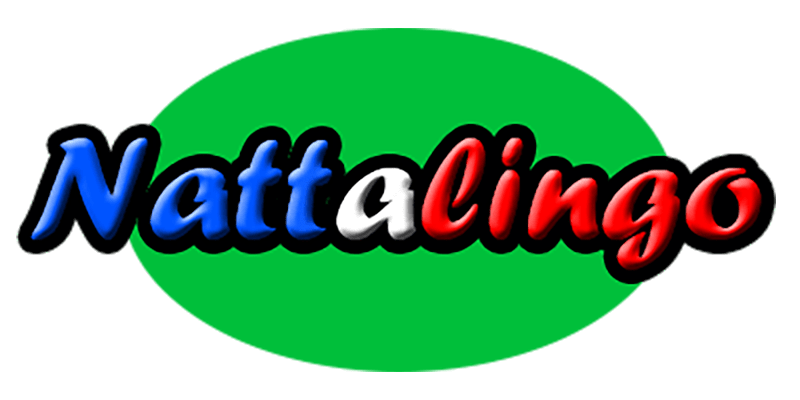I bought this lovely story from a car boot sale in France a few years back. I seem to be attracted by French translations of Japanese stories!
Extra resources on French websites: click here for the “dossier pédagogique” provided by l’école des loisirs, or click here for more resources, including some to teach French writing as well as writing in French!
Language of text: French
Type of text: picture book
Author or source: Yuichi Kasano, l’école des loisirs
Intended age of students: Key Stage 1/2
Source reference: 9782211092142
This is the story of a child just lying on a floater on the water… and gradually getting propped up higher and higher by living things underneath them! It is great fun!
Even with young learners of French, you can just read the story through and let them listen to it, look at it and enjoy it. I would just point out to them at the end that the last line means “shall we start again?”. On second reading, I would get them to join in with the onomatopoeia “flouch” and “bloub bloub bloub” for added fun. What you do next will depend on the age and ability of your learners (see below).
Alternatively, if you wanted to, on 1st reading you could just stop every time and ask the children to predict (on paper or orally) what is going to happen next.
Ask the children whether they would want want start again at the end; what about the male character?
Rationale:
I love that this book open vertically, which add to the visual effects of the story.
Thanks to its light and clear illustrations, it is accessible to all.
It is perfect as a one-off, a story that you share just for the sake of sharing a story in French and smiling with your children, or you can exploit it much further (see below) – it really is versatile.
I also love how it includes 2 of my favourite things to say in French: “oh là là” & “courage”, alongside other very common and useful phrases.
Outcomes:
Younger children will enjoy listening to the story and joining in with “bloub bloub bloub” and “flouch”; they may even learn the names of the sea creatures and greet them in French as they appear, as in “bonjour monsieur morse”; you may get the children to draw and label the final “pyramid” from the book, or their own class version, and label the animals in French.
Older children can be shown the connection between the grapheme “ou” and the sounds (like oo) in French; you can point out to them (or get them to try to guess) why some of the animals are addressed as “madame” and others as “monsieur” (feminine and masculine); they can each come up with their own individual version of the animal “pyramid”, and may practise their dictionary skills to do so and label each animal; you can look at the text more closely and extract more interesting vocabulary that you may all reuse; you can write your own class version of the story.
Topics or themes:
Fits in with the topics of under the sea / at the beach (à la plage)
Grammar:
Teach or reinforce “c’est”
How much time required:
1-2 lessons
Like the look of it? Click here to buy it from Amazon.co.uk !
Click here for more stories portraying fathers… and please add your own favourites in the comments below!
Finally, please click here to receive my new resources (and more) regularly straight in your mail box!
Nathalie
